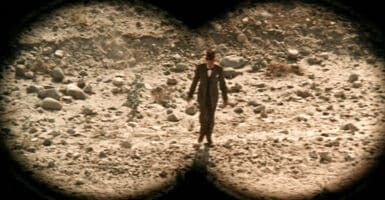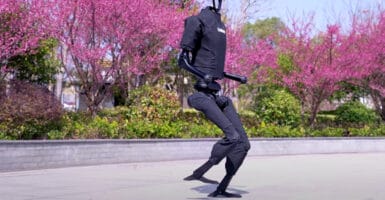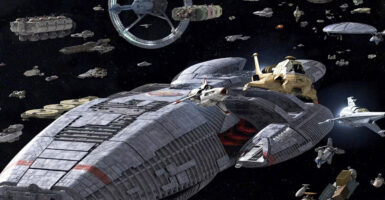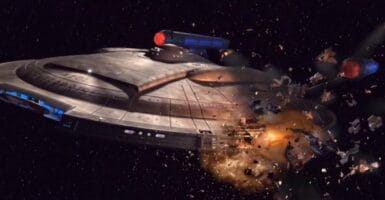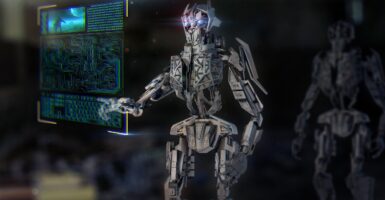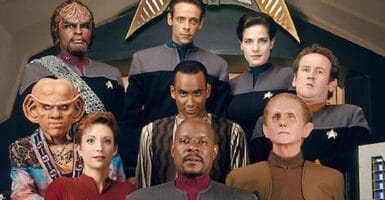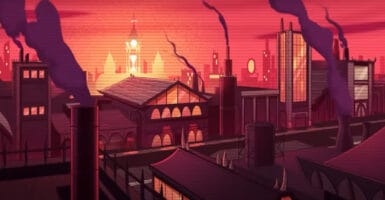Scientists In Antarctica Reportedly Find Evidence Of A Parallel Universe Which Runs Backwards
The multiverse. This concept has been around for a good number of years and was brought to light once again with an amazing story coming out of the coldest, windiest, driest, and iciest continent on our planet, Antarctica.
This article is more than 2 years old
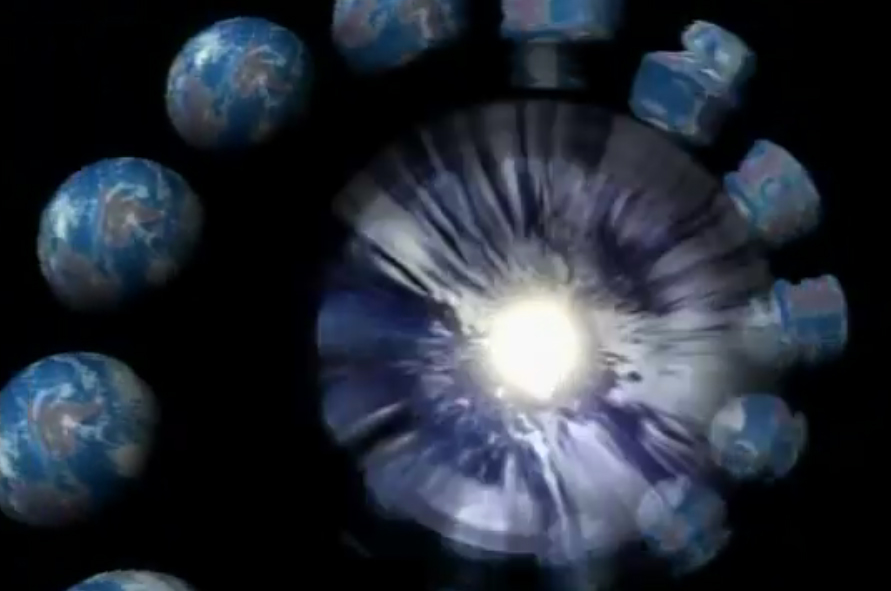
A parallel universe. The multiverse. This concept has been around for a good number of years and was brought to light once again with an amazing story coming out of the coldest, windiest, driest, and iciest continent on our planet, Antarctica.
It was here, on the only continent without permanent living residents, the fifth largest continent on Earth, that NASA had been conducting experiments. Led by Peter Gorham, a University of Hawaii Mānoa Department of Physics and Astronomy professor, his team of researchers were conducting experiments with ANITA.
“ANITA stands for the Antarctic Impulsive Transient Antenna,” said Gorham. “It flies over the Antarctic continent as a stratospheric balloon payload and looks for the signatures of high-energy neutrinos that crash into some atom in the ice.” These neutrinos, born seconds after the Big Bang, are subatomic particles that hold a wealth of information. They can talk to us about the birth of our universe, they can talk to us about nuclear reactions that power cities across the globe.
Antarctica, believe it or not, is the perfect place to look for these neutrinos. “Antarctica has several properties that make it really ideal for what we want to do, and ice has an amazing property in Antarctica of being almost completely clear to radio waves, that, if you flew over Antarctica with radio eyes, you could see right through the ice several miles deep into it and see the subcontinent below,” added Gorham. It was this research that caused headlines to run rampant with more “parallel universe” talk.
According to the Daily Star, a newspaper based out of the United Kingdom, Gorham’s team found evidence of a parallel universe next to ours. Neutrinos have the ability to pass completely through Earth as they barely interact with our planet’s substance. But higher energy particles are stopped completely by Earth’s matter. In this case, the high energy particles can only be detected coming down from space. So, for high energy particles to be seen coming up from Earth would mean that these particles are actually traveling backwards in time. Again, according to the Daily Star, this is what Gorham’s team found.
These particles coming up from our Earth would suggest a parallel universe. One where things run the exact opposite of what we know. Left would be right, up would be down, time would run backward. It’s a theory straight out of science fiction but one many thought could be true. If this finding were to be real, it could be staggering.
How could we have two universes? The thought is that at the moment of the Big Bang, it not only created one universe but two. Ours and one that runs in the direct opposite. The excitement of a parallel universe that ran backward to ours was palpable. Just think, step on over to that universe, take a few years off the body, return and repeat. Okay, maybe that’s an over-simplification but a fun idea, nevertheless.
The problem with this whole opposite universe is simple. “This whole parallel universe thing was not invented by us but somehow we have gotten tagged with it,” said Gorham. “A journalist got it wrong, tied it to us and it has unfortunately snowballed. We actually had nothing to do with the development of the parallel universe idea.”
Sad, but true. Gorham continued, “Unfortunately the journalism on this has not distinguished very well between our experimental work which identified some anomalies in the data, and the theory proposed by some physicists who are not a part of our collaboration,” said Gorham. “While I am not opposed to free speculation regarding the anomalies we have observed, our own opinion is that they are more likely to be explained in terms of physics, that is likely to be much less exotic.”
There are many around the globe who, while excited by the parallel universe theory, agree with Gorham’s assessment. University of Queensland astroparticle phenomenologist Pat Scott said, “There’s nothing that necessarily makes it a detection of a parallel universe.” Geraint Lewis, a University of Sydney astrophysicist, also weighed in. “There are a number of potential candidate particles that could account for the results from ANITA,” he said, “Whilst parallel universes sound exciting and sexy when discussing the ANITA signal, alternative ideas are still on the table.”
Parallel universes? Are they real or are they not? Definitely exciting to think about, but it’s a theory only, for now.
